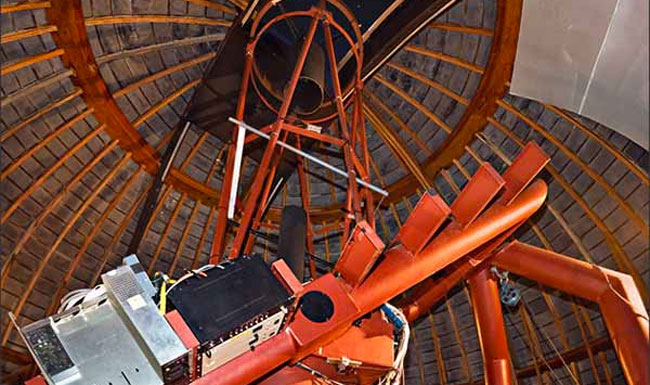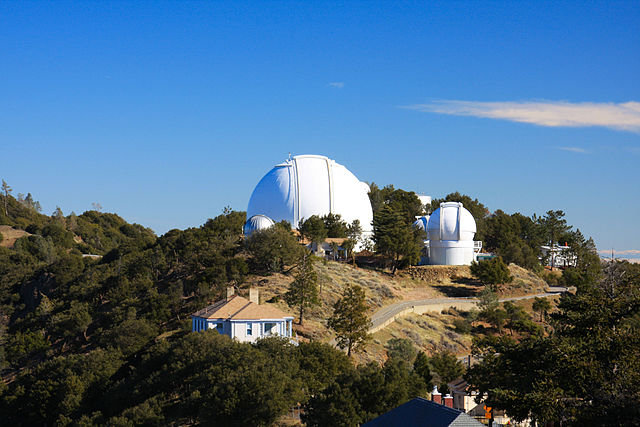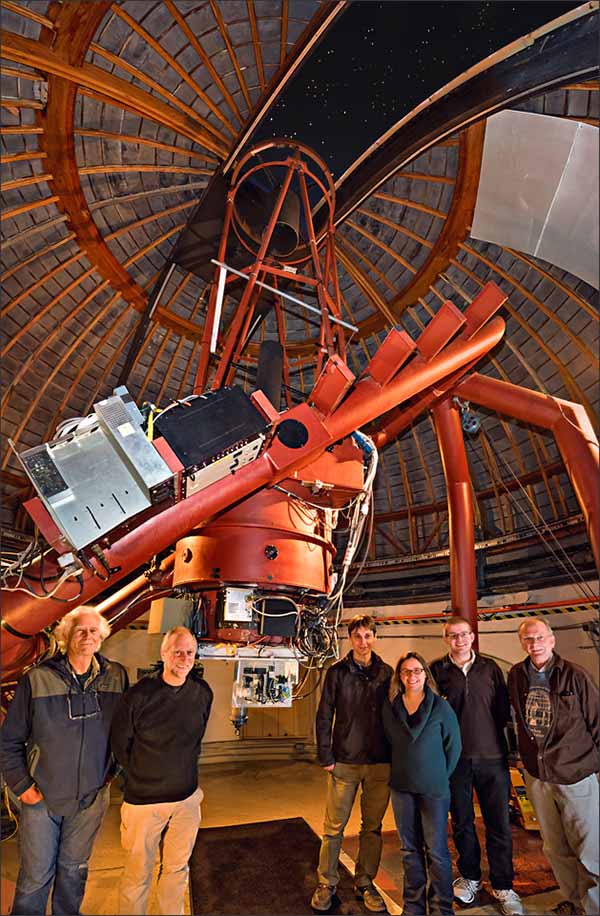The search for alien communication just got an upgrade

A new instrument recently went on-line that will help astronomers in the search for intelligent extraterrestrials.
SETI (Search for Extraterrestrial Intelligence) astronomers have scanned the skies with radio telescopes for more than fifty years searching for potential alien communication. Opponents of this method think searching for radio signals is a waste of time and money because extraterrestrial civilizations obviously use something more advanced than radio waves to communicate. This view, of course, is purely speculation. But scientists have been working on new technology for years to expand the search. Now, a new instrument called NIROSETI has been installed at the University of California’s Lick Observatory on Mt. Hamilton near San Jose that allows for near-infrared optical SETI.

Shelley Wright, Assistant Professor of Physics at the University of California, San Diego led the development of the new instrument. She explains that “Infrared light would be an excellent means of interstellar communication.” According to a press release from University of California, San Diego, “NIROSETI will also gather more information than previous optical detectors by recording levels of light over time so that patterns can be analyzed to for potential signs of other civilizations, a record that could be revisited as new ideas about what signals extraterrestrials might send emerge.”
SETI pioneer Frank Drake points out that, in addition to being a much more affordable method of searching for alien communication, infrared signals “are so strong that we only need a small telescope to receive them.” He continues, “Smaller telescopes can offer more observational time, and that is good because we need to search many stars for a chance of success.”

Although this technology isn’t brand new, it has only just been perfected to work mounted to a telescope. Wright explains that she had to wait eight years for “technology to catch up.”
The NIROSESTI instrument installed at Lick Observatory was activated on March 15, 2015.


